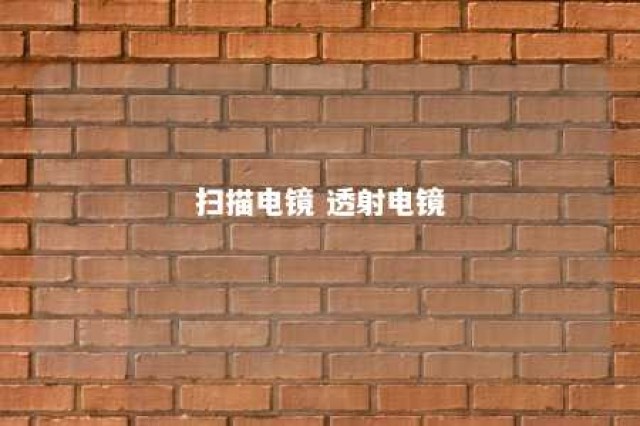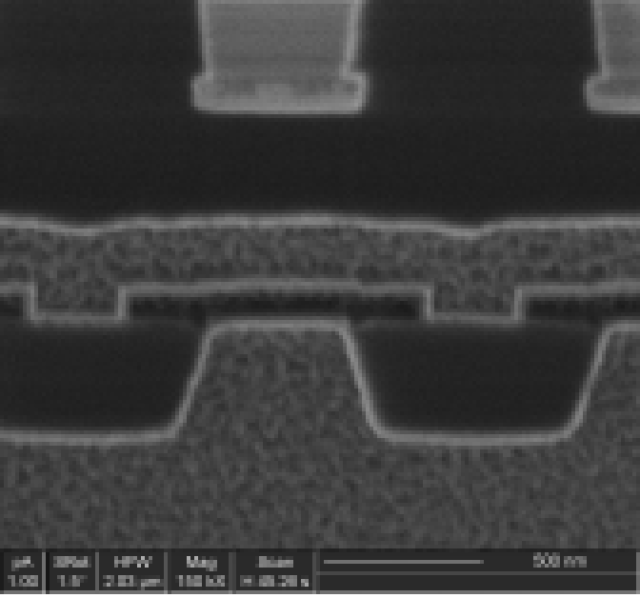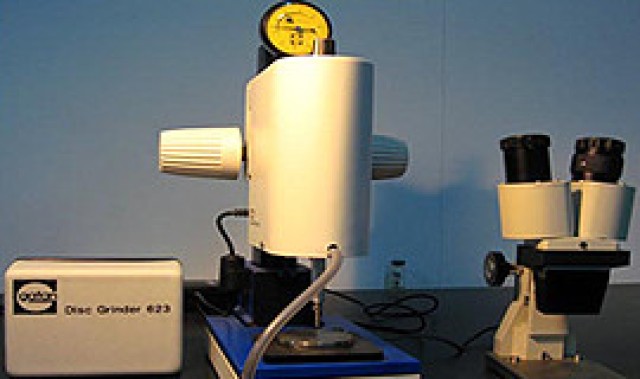
常元滢fib血浆纤维蛋白原偏高
- FIB量测
- 2024-03-23 05:28:18
- 644
fib芯片提供维修、系统安装、技术升级换代、系统耗材,以及应用开发和培训。

Fibroblast growth factor (FibroGF) is a key mediator in the regulation of fibrosis, which is the pathological accumulation of ECM components in response to injury or inflammation. It is produced by fibroblasts and other cells in response to the presence of pro-fibrotic mediators, such as platelet-derived growth factor (PDGF-1) and basic fibroblast growth factor (BFG).
Recent studies have shown that fibroGF plays a crucial role in the regulation of ECM components, such as collagen type I (Col-I) and III (Col-III), which are essential for the formation of scar tissue. In addition, fibroGF has also been implicated in the pathogenesis of fibrosis and other fibrotic conditions.
One of the key factors that influence the production of fibroGF is the level of PDGF-1 in the surrounding tissue. PDGF-1 is a potent pro-fibrotic mediator that promotes the activation and proliferation of fibroblasts, which can lead to an excessive accumulation of fibroGF and other ECM components.
Several studies have shown that individuals with conditions such as cancer, obesity, and type 2 diabetes have increased levels of PDGF-1 and fibroGF compared to healthy individuals. These conditions are thought to be associated with an increased risk of developing fibrosis or other fibrotic conditions.
The excessive production of fibroGF can lead to a number of pathological consequences, including the formation of scar tissue, the activation of the immune response, and the development of chronic inflammation. These processes can contribute to the development of fibrosis or other fibrotic conditions.
To address the problem of excessive fibroGF production, several potential therapeutic targets have been suggested. These include targeting the production of PDGF-1, inhibiting the activation and proliferation of fibroblasts, and blocking the formation of scar tissue.
In conclusion, fibroGF is a key mediator in the regulation of fibrosis, and its production is influenced by a number of factors, including the level of PDGF-1 in the surrounding tissue. Individuals with conditions such as cancer, obesity, and type 2 diabetes are at an increased risk of developing fibrosis or other fibrotic conditions due to the excessive production of fibroGF. Therefore, targeting these factors could be a potential therapeutic approach for the treatment of fibrosis and other fibrotic conditions.
常元滢fib血浆纤维蛋白原偏高 由纳瑞科技FIB量测栏目发布,感谢您对纳瑞科技的认可,以及对我们原创作品以及文章的青睐,非常欢迎各位朋友分享到个人网站或者朋友圈,但转载请说明文章出处“fib血浆纤维蛋白原偏高 ”









